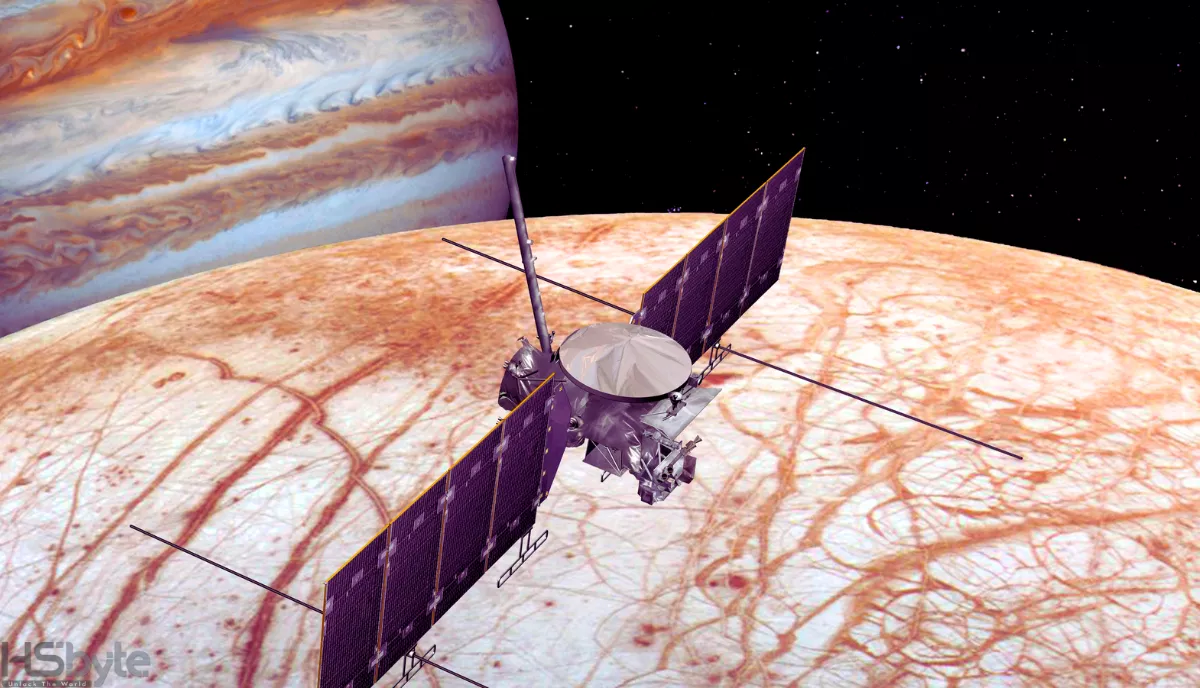
- Category: Innovation

- Share
Elon Musk’s SpaceX has achieved a historic milestone with its Starship rocket, successfully catching the Super Heavy booster during its return to the launch pad. This remarkable feat marks a significant step towards making Starship a fully reusable rocket, aligning with SpaceX’s vision of rapid deployment for future space missions.
Super Heavy Booster Captured in Mechanical Arms
The SpaceX Starship, during its fifth test flight, performed a complex maneuver as the lower half of the rocket—known as the Super Heavy booster—was caught by massive mechanical arms beside the launch tower at Boca Chica, Texas. Initially, the team expected to redirect the booster to land in the Gulf of Mexico, but the precise landing on the first attempt exceeded expectations.
SpaceX employees at mission control erupted in celebration when the flight director approved the landing attempt. Thousands of intricate criteria had to align perfectly for this groundbreaking achievement. As the booster descended from supersonic speeds, it was guided into the waiting mechanical arms, slowed by Raptor engines spewing orange flames in perfect synchronization.
A Step Towards a Fully Reusable Rocket System
Catching the booster rather than landing it directly on the pad simplifies the infrastructure required on the ground and accelerates the vehicle’s turnaround time. This rapid redeployment capability is crucial to SpaceX’s long-term goal of establishing human settlements on the Moon and Mars.
The upper half of the rocket, called the Ship, also completed its part of the mission, separating from the booster and landing in the Indian Ocean precisely on target. Elon Musk confirmed on X, “Ship landed precisely on target! Second of the two objectives achieved.”
Failures as Learning Opportunities
This test flight follows earlier attempts where some missions faced setbacks, including a previous test that ended in an explosion. However, SpaceX sees these failures as essential to progress, adopting a “launch fast, fail fast” strategy to gather critical data. The rapid pace of testing sets SpaceX apart from competitors.
SpaceX’s rapid progress is good news for NASA, which has invested $2.8 billion in developing the Starship as part of its plan to return astronauts to the Moon by 2026. Yet, the company has also faced challenges with regulatory authorities. The FAA recently fined SpaceX $633,000 for allegedly launching flights without proper permits, sparking a public dispute with Elon Musk.
The FAA’s environmental reviews focus only on local impact, but scientists argue that the emissions from methane-fueled rockets like Starship should be studied more extensively. Dr. Eloise Marais, an expert in atmospheric chemistry, highlights concerns about black carbon emissions released high into the atmosphere, where they have longer-lasting warming effects.
Looking Towards the Future of Space Exploration
Despite regulatory hurdles, SpaceX remains focused on its mission to make humanity a multi-planetary species. With future plans to deploy Starship for Moon and Mars missions, the company aims to revolutionize space travel and exploration.
The recent success demonstrates that SpaceX is on track to build a system capable of frequent launches and rapid reuse. As the journey toward the Moon continues, SpaceX’s engineers and scientists push forward with the same goal—pushing the limits of what’s possible in space exploration.
You May Also Like


Starship Rocket Test Success: SpaceX’s Historic Feat

Europa Clipper Mission Launch: NASA’s Bold Hunt for Alien Life

Gate Allocation Technology: Quantum Computing Revolution

Telegram User Data Change: What It Means for You

Will the US Presidential Election Shape the Future of Crypto?
Latest Update

Zelensky Biden Meeting Ignites Republican Outrage Amid Aid Talks

Wuthering Heights Film Casting: Controversy Sparks Debate

Will the US Presidential Election Shape the Future of Crypto?

War with Russia: Zelensky Sees Hope for Peace

Unpacking the ‘Dark Arts’ in Manchester City vs Arsenal Showdown

UNIFIL Post Breached: Israeli Tanks Escalate Tensions

Trump Demands Hamas Disarm Amid Brutal Gaza Crackdown

